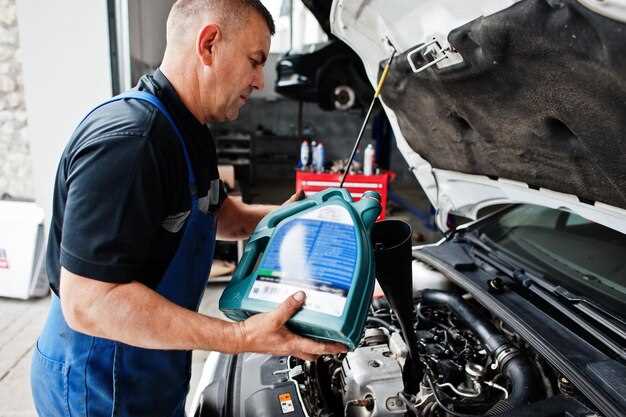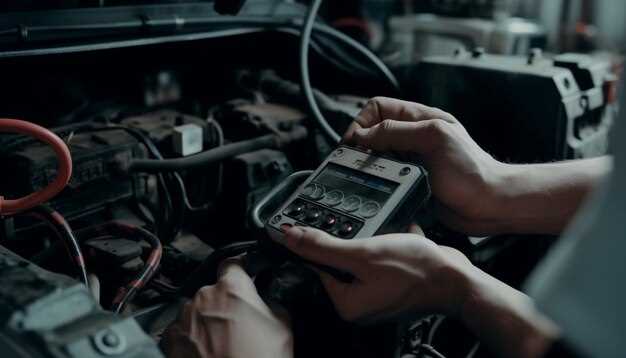
A car’s battery and alternator are essential components of its electrical system, working in tandem to provide power to the vehicle’s functions. Understanding how to test these parts is crucial for ensuring the reliability and longevity of your vehicle. Regular checks can help you avoid unexpected breakdowns and expensive repairs.
The battery stores electrical energy and supplies it to the starter motor and other electrical systems when the engine is off. The alternator, on the other hand, recharges the battery while the engine is running and powers the vehicle’s electrical systems. Over time, both of these components can wear out or become inefficient, leading to performance issues.
This article will guide you through a systematic approach to testing your car’s battery and alternator. By following these steps, you’ll be equipped to identify potential problems and take appropriate action. Whether you are a seasoned mechanic or a car owner looking to better understand your vehicle, this guide provides valuable insights into maintaining your car’s electrical system.
How to Perform a Simple Battery Test with a Multimeter

Testing your car battery with a multimeter is an efficient way to determine its health and functionality. Follow these steps to perform a simple battery test.
-
Gather Materials:
- Digital or analog multimeter
- Safety gloves (optional)
- Safety glasses (optional)
-
Turn Off the Vehicle:
Ensure that the car is turned off and the keys are removed from the ignition. This prevents any accidental starts and protects you from electric shock.
-
Set the Multimeter:
Turn the multimeter dial to the DC voltage setting. If your multimeter has different voltage ranges, set it to 20 volts or the closest range that includes 12 volts.
-
Access the Battery:
Open the hood of your car and locate the battery. Clean any corrosion off the terminals with a wire brush if necessary.
-
Connect the Multimeter:
Identify the positive and negative terminals of the battery:
- Red probe: Connect to the positive (+) terminal.
- Black probe: Connect to the negative (-) terminal.
-
Read the Voltage:
Observe the reading on the multimeter. A healthy, fully charged car battery should read around 12.6 to 12.8 volts.
-
Interpret the Results:
- 12.6 volts or higher: Battery is in good condition.
- 12.4 to 12.6 volts: Battery is moderately charged.
- 12.0 to 12.4 volts: Battery is low and may need charging.
- Below 12.0 volts: Battery is weak and likely needs replacement.
-
Disconnect the Multimeter:
Carefully remove the probes from the battery terminals, starting with the black probe followed by the red probe.
-
Perform Regular Checks:
It is advisable to test the battery regularly, especially before long trips or during extreme weather conditions.
By following these steps, you can easily determine the state of your vehicle’s battery and ensure it is ready for use.
Identifying Symptoms of a Failing Alternator During Operation

Recognizing the signs of a failing alternator can save you from unexpected breakdowns and costly repairs. Here are key symptoms to look out for during operation:
1. Dimming or Flickering Lights: One of the most noticeable indicators of a failing alternator is the dimming or flickering of headlights and dashboard lights. If you observe that the brightness changes when you accelerate or decelerate, it may point to an issue with the alternator’s ability to maintain a consistent voltage supply.
2. Battery Warning Light: Most modern vehicles are equipped with a battery warning light on the dashboard. If this light illuminates while driving, it could mean that your alternator is not charging the battery properly. This warning should not be ignored, as it signifies potential charging system failure.
3. Strange Noises: A failing alternator may produce unusual sounds, such as grinding, whining, or screeching. These noises can stem from worn bearings or a loose belt connected to the alternator. Pay attention to any abnormal sounds, especially when the vehicle is in motion.
4. Electrical Failures: If you notice that electrical components such as power windows, radio, or air conditioning are malfunctioning or operating sluggishly, this could point to insufficient power being supplied by the alternator. These components rely on the electrical system, which can be compromised with a weak alternator.
5. Difficulty Starting the Engine: A failing alternator can lead to a drained battery, making it difficult to start your vehicle. If you frequently experience issues getting your engine to turn over or if you hear a clicking sound when turning the key, it may suggest that the alternator is struggling to support the battery’s charge.
6. Engine Stalling: If your engine stalls while driving, it might indicate alternator failure. This can happen if the alternator is unable to produce enough power to keep the engine running, especially when power demands increase.
Ignoring these symptoms can lead to further complications and leave you stranded. Regularly monitoring your vehicle’s electrical system will help ensure its reliability and performance.
Step-by-Step Guide to Troubleshooting Charging System Issues
Begin by ensuring safety when working on your vehicle. Always wear protective gloves and eyewear. Make sure the car is parked on a level surface and the ignition is turned off.
First, inspect the battery for any visible signs of damage such as cracks or corrosion on the terminals. Clean the terminals using a mixture of baking soda and water to remove any corrosion that may be affecting the connection.
Next, check the battery voltage using a multimeter. Connect the positive lead to the positive terminal and the negative lead to the negative terminal. A fully charged battery should read between 12.6 to 12.8 volts. If the reading is below 12.4 volts, the battery may need charging or replacement.
If the battery voltage is adequate, proceed to test the alternator. Start the vehicle and measure the voltage across the battery terminals again. The reading should now be between 13.7 and 14.7 volts, indicating the alternator is charging the battery properly.
If the voltage remains the same or drops, it may indicate a faulty alternator. Inspect the alternator belt for proper tension and wear. A loose or damaged belt can prevent the alternator from operating efficiently.
Next, check the alternator output. With the engine running, disconnect the positive battery terminal. If the engine stalls, the alternator is likely not functioning correctly. Reconnect the terminal immediately to avoid damage.
Inspect wiring and connections leading to and from the alternator for frays or loose connections. Ensure that all electrical connections are tight and free of corrosion.
If all above checks are satisfactory and issues persist, consider using a load tester on the battery. This test will determine if the battery can hold a charge properly under load conditions. Replace the battery if it cannot maintain voltage during this test.
In cases where the charging system remains undiagnosed, professional assistance may be required. A qualified technician can perform advanced diagnostics to ensure all components are functioning correctly.





